Home>diy>Architecture & Design>What Is An Architectural Style?


Architecture & Design
What Is An Architectural Style?
Modified: October 29, 2024
Discover the essence of architectural styles and their impact on design. Explore the world of architecture design and how it shapes our built environment.
(Many of the links in this article redirect to a specific reviewed product. Your purchase of these products through affiliate links helps to generate commission for Storables.com, at no extra cost. Learn more)
Introduction
Architecture is not just about creating structures that are functional and sturdy. It is also an art form, a reflection of society, and a means of expression. Every building tells a story, and this story is often shaped by the architectural style it embodies.
An architectural style refers to a distinct and recognizable set of features, design principles, and construction techniques that characterize a particular period or culture. It serves as a blueprint for how buildings are designed, from the layout and materials used to the decorative elements that adorn them.
Understanding architectural styles is crucial for both architects and enthusiasts alike. By studying different architectural styles, we gain insights into the historical, cultural, and societal influences that shaped them. This knowledge allows us to appreciate the beauty and significance of each style and its contribution to the built environment.
Architectural style influences not only the aesthetics of a building but also its functionality, adaptability, and durability. Different styles offer distinct advantages and challenges, making the choice of architectural style a crucial decision in the design process.
This article aims to provide an overview of architectural styles, their importance, and some common examples. By delving into the world of architectural styles, we can develop a deeper appreciation for the diversity and richness of architectural design.
Key Takeaways:
- Architectural styles are more than just aesthetic choices; they reflect cultural identity, historical significance, and functional considerations. Understanding and appreciating these styles enriches our connection to the built environment.
- From the grandeur of Greek Revival to the sleek modernity of Art Deco, each architectural style tells a unique story of human creativity and cultural heritage. Studying these styles provides insights into history, societal values, and design evolution.
Definition of Architectural Style
Architectural style encompasses the principles, characteristics, and elements that define a specific period, culture, or movement in architecture. It is a way of categorizing and identifying buildings based on their shared design language and cultural context.
At its core, architectural style is a reflection of the beliefs, values, and artistic preferences of a particular time and place. It is influenced by various factors, including technological advancements, social and political changes, economic conditions, and cultural movements.
Architectural styles can be identified through their distinctive features, such as the arrangement of spaces, the use of materials, the proportions of elements, and the decorative motifs employed. These features give each architectural style its unique identity and contribute to the overall character and aesthetic appeal of a building.
Architectural styles often evolve over time, with new styles emerging and existing styles being modified or fused together. This evolution is influenced by the changing needs and aspirations of society, as well as advancements in construction techniques and materials.
It is important to note that architectural styles can be regional or global in nature. Some styles are specific to a particular country or culture, while others have spread across continents and influenced architectural trends worldwide.
Architectural style is not limited to a specific type of building or structure. It can be applied to various architectural forms, including residential buildings, religious structures, commercial complexes, government buildings, and public spaces.
Overall, architectural style is a powerful tool that allows us to understand, appreciate, and interpret the built environment. By studying and analyzing different architectural styles, we gain insights into the history, culture, and aspirations of the societies that produced them, creating a deeper connection to our architectural heritage.
Importance of Architectural Style
Architectural style plays a significant role in shaping our built environment and has a profound impact on our lives. Here are some reasons why understanding and appreciating architectural style is important:
- Cultural Identity: Architectural styles reflect the cultural identity and values of a society. They serve as tangible representations of a community’s history, traditions, and aspirations. By studying architectural styles, we can gain insights into the cultural heritage of different regions and understand how they have evolved over time.
- Historical Significance: Architectural styles are deeply intertwined with history. Each style is rooted in a specific time period and often reflects the social, political, and economic forces of that era. By analyzing architectural styles, we can gain a better understanding of the historical context in which buildings were designed and constructed.
- Aesthetic Appreciation: Architectural styles contribute to the visual appeal and beauty of our surroundings. Each style has its own unique characteristics and design principles that shape the form, proportions, and ornamentation of buildings. By developing an understanding of architectural styles, we can appreciate the artistic value and craftsmanship behind architectural masterpieces.
- Functional Considerations: Architectural styles are not just about aesthetics; they also influence the functionality and usability of buildings. Different styles prioritize various aspects, such as natural lighting, ventilation, and spatial organization. By studying architectural styles, architects can gain inspiration and insights into how to create functional and comfortable spaces.
- Inspiration for Contemporary Design: Architectural styles of the past continue to inspire contemporary architects and designers. Elements and principles from different styles can be incorporated into modern designs, creating a fusion of the past and the present. By studying architectural styles, architects can broaden their design vocabulary and create innovative and thoughtful spaces.
- Promotion of Sustainable Design: Traditional architectural styles often embrace sustainable design principles that prioritize energy efficiency, locally sourced materials, and passive cooling and heating techniques. By drawing inspiration from these styles, architects can create environmentally friendly buildings that harmonize with their surroundings.
By understanding and appreciating architectural style, we gain a deeper appreciation for our built environment and the ways in which architecture shapes our lives. Architectural style transcends mere aesthetics and becomes a powerful vehicle for cultural expression, historical preservation, and functional design.
Elements of Architectural Style
Architectural style is defined by a variety of elements that come together to create a cohesive design language. These elements include:
- Form and Proportion: The form and proportion of a building define its overall shape and size. Architectural styles may favor symmetrical or asymmetrical proportions, vertical or horizontal orientations, or geometric or organic forms.
- Materials: The choice of materials used in construction is a significant element of architectural style. Different styles may utilize a range of materials, including stone, wood, concrete, glass, and metal, each with its unique qualities and visual appeal.
- Roof Design: The design of the roof plays a crucial role in defining the style of a building. Architectural styles may feature flat roofs, pitched roofs, domes, gables, or other distinctive roof forms, each reflecting the functional and aesthetic requirements of the style.
- Ornamentation: Ornamentation encompasses decorative elements that embellish buildings and add visual interest. This can include intricate carvings, moldings, friezes, cornices, arches, and motifs inspired by nature, mythology, or cultural symbolism.
- Windows and Doors: The design of windows and doors is a significant component of architectural style. Different styles may feature specific window shapes, such as arched or rectangular, and various door designs, such as panel doors, French doors, or grand entranceways.
- Color Palette: The color scheme used in a building contributes to its overall aesthetic and can be a distinguishing element of a particular style. Some styles favor a more muted and monochromatic color palette, while others embrace bold and vibrant hues.
- Interior Layout: The organization and arrangement of interior spaces also play a role in defining architectural style. Different styles may have distinct spatial layouts, such as open floor plans, segmented rooms, grand staircases, or central courtyards.
- Architectural Details: Architectural details, such as columns, pilasters, pediments, and balustrades, are often characteristic of specific styles. These details not only add visual interest but also provide structural support and contribute to the overall aesthetic composition.
These elements work together to create a harmonious and coherent architectural style. While individual styles may prioritize certain elements, it is the combination and interaction of these elements that give each architectural style its unique character and visual language.
Common Architectural Styles
Throughout history, numerous architectural styles have emerged and left an indelible mark on the built environment. Here are some of the most common and influential architectural styles:
- Greek Revival Style: Inspired by ancient Greek architecture, this style gained popularity in the 18th and 19th centuries. It is characterized by symmetrical designs, columns, pediments, and a sense of grandeur.
- Gothic Style: Originating in the 12th century, Gothic architecture is known for its pointed arches, ribbed vaults, and decorative tracery. It is often associated with religious structures, such as cathedrals and churches.
- Baroque Style: Dating back to the 17th century, Baroque architecture is characterized by ornate details, dramatic shapes, and a sense of movement. It is often seen in palaces, churches, and public buildings.
- Art Deco Style: Popular in the 1920s and 1930s, Art Deco is characterized by sleek lines, geometric patterns, and luxurious materials. It can be seen in many skyscrapers, hotels, and theaters from that era.
- Modernist Style: Emerging in the early 20th century, Modernist architecture champions simplicity, functionality, and the use of new materials and technologies. It emphasizes clean lines, open spaces, and the integration of indoor and outdoor living.
These are just a few examples of the vast range of architectural styles that have influenced the world of architecture. Each style has its unique characteristics and historical context, reflecting the artistic, cultural, and technological advancements of its time.
It is fascinating to explore the different architectural styles and their impact on the built environment. By studying these styles, we can develop a deeper understanding and appreciation for the diversity of architectural design throughout history.
Greek Revival Style
The Greek Revival style is an architectural movement that emerged in the late 18th and early 19th centuries. Inspired by the classical architecture of ancient Greece, this style became popular in Europe and the United States, particularly during the Neoclassical period. The Greek Revival style sought to capture the grandeur and elegance of ancient Greek temples and other iconic structures.
One of the defining features of the Greek Revival style is its use of classical elements such as columns, pediments, and symmetrical designs. The most commonly used column order is the Doric, which is characterized by its plain, sturdy appearance. This style also incorporates the Ionic and Corinthian column orders, known for their more elaborate and decorative capitals.
The Greek Revival style places a strong emphasis on proportion and symmetry. Buildings in this style typically have a rectangular or square footprint and are often fronted by a portico, or a porch with columns. The roof is usually low-pitched and may be adorned with a triangular pediment.
The façade of Greek Revival buildings is typically clad in stone or stucco, imitating the look of ancient Greek temples. The overall aesthetic is clean, refined, and harmonious, creating a sense of timeless elegance.
Greek Revival architecture was particularly popular in the United States during the early 19th century. It was seen as a way to establish a connection to the ideals of ancient democracy and an affirmation of American identity. Some of the most iconic examples of Greek Revival architecture can be found in the southern states, where grand plantation homes and public buildings were constructed in this style.
One notable example of Greek Revival architecture is the Parthenon in Athens, Greece. Built in the 5th century BCE, it served as a temple dedicated to the goddess Athena. Its architectural features, such as the Doric columns and the pediment sculptures, have been replicated in many Greek Revival buildings around the world.
The Greek Revival style continues to be influential and is often used in government buildings, universities, and other public institutions. Its combination of grandeur, simplicity, and timeless design make it a popular choice for those seeking to evoke a sense of classical beauty and historical significance in their architectural projects.
When defining an architectural style, consider the key elements such as form, materials, and design principles that are characteristic of a particular period or region. This can help you identify and understand different architectural styles more effectively.
Gothic Style
The Gothic architectural style is an influential and distinct architectural movement that originated in Europe during the medieval period, specifically in the 12th century. It is characterized by its pointed arches, ribbed vaults, and intricate decorative elements. The Gothic style emerged as a response to the Romanesque style, with an emphasis on verticality and soaring structures.
One of the key features of the Gothic style is the pointed arch, which replaced the rounded arches commonly found in Romanesque architecture. These arches allowed for greater height and allowed the weight of the building to be distributed more effectively. The pointed arches can be seen in doorways, windows, and arcades, creating a sense of verticality and elegance.
Ribbed vaults are another hallmark of Gothic architecture. Unlike the heavy, barrel-shaped vaults of Romanesque buildings, Gothic vaults are constructed using a framework of ribs that intersect and support the weight of the ceiling. This structural innovation allowed for the creation of large, open interior spaces and provided architectural flexibility.
Gothic buildings are known for their extensive and intricate decorative elements. These include ornate carvings, delicate tracery, and stained glass windows. These decorative features adorn the facades, interiors, and exteriors of Gothic structures, adding a sense of beauty, richness, and storytelling.
Gothic architecture is closely associated with religious buildings, particularly cathedrals and churches. The soaring height of the structures, the abundant natural light filtered through stained glass, and the intricacy of the decorative elements were intended to evoke a sense of spiritual awe and transcendence.
Notable examples of Gothic architecture include the Notre-Dame Cathedral in Paris, France, and the Canterbury Cathedral in Kent, England. These buildings stand as testaments to the architectural and engineering prowess of the time, as well as the enduring beauty and significance of the Gothic style.
The Gothic style experienced a revival in the 19th century, known as the Gothic Revival or Neo-Gothic movement. Architects and designers drew inspiration from the medieval Gothic buildings and incorporated Gothic elements into their designs. This revival had a significant impact on the architecture of churches, universities, and public buildings during the Romantic era.
The influence of the Gothic style can still be seen in contemporary architecture, with architects integrating Gothic elements into modern designs. The style continues to captivate with its sense of grandeur, verticality, and ornate beauty, leaving a lasting impact on the architectural landscape.
Baroque Style
The Baroque architectural style emerged in Europe during the 17th century and is characterized by its dramatic and ornate design elements. The word “Baroque” is derived from the Portuguese word “barroco,” meaning irregularly shaped pearl, which reflects the extravagant and flamboyant nature of this architectural style.
Baroque architecture is characterized by its curvilinear forms, elaborate ornamentation, and dynamic composition. It is a style that aimed to create a sense of drama, movement, and grandeur. One of the key features of Baroque architecture is the use of bold, sweeping curves in both the interior and exterior design. This can be seen in features such as domes, arches, and balustrades.
The facades of Baroque buildings often feature elaborate and intricate ornamentation. This includes sculptural details, such as figures, angels, and mythological motifs, as well as decorative elements like scrolls, volutes, and shells. These lavish embellishments add depth, texture, and a sense of opulence to the buildings.
Baroque architecture also places a strong emphasis on light and shadow. This is achieved through the use of curved and undulating forms, as well as sculptural elements that create dramatic interplay between light and shade. Baroque buildings often feature large windows, ornate window surrounds, and impressive central spaces that allow natural light to illuminate the interiors.
The use of perspective is another notable characteristic of Baroque architecture. Buildings are designed to create a sense of depth and movement, with elements arranged to guide the viewer’s eye towards a focal point. This creates a dynamic and immersive experience within the space.
One of the most famous examples of Baroque architecture is the Palace of Versailles in France. Designed by architect Louis Le Vau and later expanded by Jules Hardouin-Mansart, the palace showcases the opulence and grandeur of the Baroque style. Its expansive gardens, ornate interiors, and symmetrical layout exemplify the aesthetic ideals of this architectural period.
The influence of the Baroque style extended beyond Europe and had a significant impact on colonial architecture in the Americas. Structures such as churches, cathedrals, and governmental buildings in Latin America reflect the ornate and theatrical characteristics of the Baroque style.
The Baroque style fell out of favor in the 18th century, giving way to the more restrained Neoclassical style. However, its influence can still be seen in contemporary architecture, with elements of the Baroque style often incorporated into modern designs, adding a touch of drama and elegance.
The Baroque style remains an enduring symbol of extravagant architectural expression, characterized by its dynamic forms, lavish ornamentation, and theatricality.
Art Deco Style
The Art Deco style is a visual and design movement that emerged in the early 20th century, reaching its peak in the 1920s and 1930s. It is characterized by its sleek, geometric forms, luxurious materials, and vibrant colors. Art Deco was a response to the austerity of World War I and sought to create a sense of modernity, glamour, and optimism.
One of the defining features of Art Deco architecture is its emphasis on streamlined and symmetrical forms. Buildings in this style often feature smooth, curving lines and geometric shapes, such as zigzags, chevrons, and sunburst motifs. The facades are often adorned with decorative elements such as stylized figures, flora, and geometric patterns.
The use of luxurious and innovative materials is another characteristic of Art Deco architecture. Marble, glass, stainless steel, and polished wood were commonly used to create a sense of opulence and modernity. The surfaces of buildings were often adorned with intricate inlaid patterns, bold colors, and reflective surfaces to enhance the overall aesthetic.
Art Deco buildings are also known for their ornamental detailing and decorative motifs. These can include stepped setbacks, fluted columns, decorative friezes, and stylized representations of animals or human forms. The integration of sculpture and bas-relief into the architecture adds depth and visual interest to the overall design.
Art Deco style was not limited to just architectural design but also influenced various other aspects of visual arts, fashion, and industrial design. It influenced the design of furniture, jewelry, fashion, and interior design, creating a cohesive aesthetic that permeated many aspects of everyday life.
Some well-known examples of Art Deco architecture include the Chrysler Building in New York City, the Empire State Building, and the Ocean Drive district in Miami’s South Beach. These buildings, with their sleek lines, vibrant colors, and decorative details, serve as iconic representations of the Art Deco style.
Although the Art Deco movement declined in popularity after World War II with the rise of modernism, its influence can still be seen in contemporary architecture and design. Many architects and designers continue to draw inspiration from the bold and glamorous aesthetic of the Art Deco era, incorporating its elements into modern creations.
The Art Deco style remains a symbol of elegance, glamour, and forward-thinking design, encapsulating the spirit of the Roaring Twenties and leaving a lasting legacy in the world of architecture and design.
Modernist Style
The Modernist architectural style emerged in the early 20th century as a response to the social, technological, and political changes of the time. It sought to break free from traditional design principles and embrace a more functional, minimalist, and avant-garde approach to architecture. Modernist architecture rejected historical ornamentation and instead focused on simplicity, clean lines, and the integration of form and function.
One of the key principles of Modernist architecture is the belief that form should follow function. Buildings should be designed to serve their intended purpose efficiently and effectively, without unnecessary embellishments. This led to the creation of open floor plans, flexible interior spaces, and the use of new materials and construction techniques.
Modernist buildings often feature flat roofs, smooth facades, and large expanses of glass, blurring the boundaries between the interior and exterior spaces. The emphasis on natural light and the connection to the surrounding environment is a fundamental aspect of Modernist design.
The use of industrial materials such as concrete, steel, and glass is another characteristic of Modernist architecture. These materials allow for the creation of large spans, open floor plans, and the elimination of load-bearing walls, resulting in a sense of openness and freedom within the space.
Modernist architecture also embraced technological advancements and the rational use of resources. It championed energy-efficient design, incorporating passive solar principles, natural ventilation, and sustainable materials whenever possible. The focus was on creating buildings that were not only functional but also responsive to their environmental context.
Notable examples of Modernist architecture include the Bauhaus school in Germany, designed by Walter Gropius, and the Villa Savoye in France, designed by Le Corbusier. These buildings represent the principles of Modernist design, with their clean lines, geometric forms, and emphasis on functionality.
The Modernist movement had a profound influence on design and architecture around the world. It shaped the development of urban landscapes, housing projects, and public buildings. Its influence can be seen in contemporary architecture, where designers continue to explore the principles of functionalism, minimalism, and sustainable design.
The Modernist style remains relevant today, as it continues to inspire architects and designers to create spaces that are innovative, efficient, and responsive to the needs of the modern world.
Conclusion
Architectural style is a captivating and significant aspect of the built environment. It encompasses the principles, elements, and characteristics that define a particular period, culture, or movement in architecture. Understanding and appreciating architectural styles not only allows us to recognize the beauty and craftsmanship of buildings but also provides insights into the history, culture, and societal values that shaped them.
With each architectural style, we embark on a journey through time and across different regions of the world. From the grandeur of the Greek Revival style to the intricate details of the Gothic style, from the opulence of the Baroque style to the sleek modernity of Art Deco and Modernism, each style offers a unique perspective and a visual language that speaks volumes about the era in which it emerged.
The importance of architectural style extends beyond aesthetics. It influences the functionality, adaptability, and sustainability of buildings. Different styles cater to different needs and embrace various design principles, allowing architects to create spaces that cater to specific purposes and harmonize with their surroundings.
Studying architectural styles provides us with a deeper understanding of our cultural identity, historical significance, and the evolution of design principles over time. It allows us to draw inspiration from the past to create contemporary and forward-thinking designs.
As we continue to embrace advancements in technology, sustainability, and societal changes, architectural styles will continue to evolve and adapt. Contemporary architecture often integrates elements from various styles, creating a fusion of the old and the new, the traditional and the innovative.
By delving into the world of architectural styles, we gain a greater appreciation for the diversity and richness of architectural design. Each style has its unique story, and each building is a testament to the artistic expression, human ingenuity, and cultural heritage.
Whether we find ourselves captivated by the grandeur of a Greek Revival temple, in awe of the soaring height of a Gothic cathedral, or mesmerized by the sleek lines of a Modernist masterpiece, architectural styles remind us of the enduring legacy of human creativity and the power of design in shaping our world.
Frequently Asked Questions about What Is An Architectural Style?
Was this page helpful?
At Storables.com, we guarantee accurate and reliable information. Our content, validated by Expert Board Contributors, is crafted following stringent Editorial Policies. We're committed to providing you with well-researched, expert-backed insights for all your informational needs.
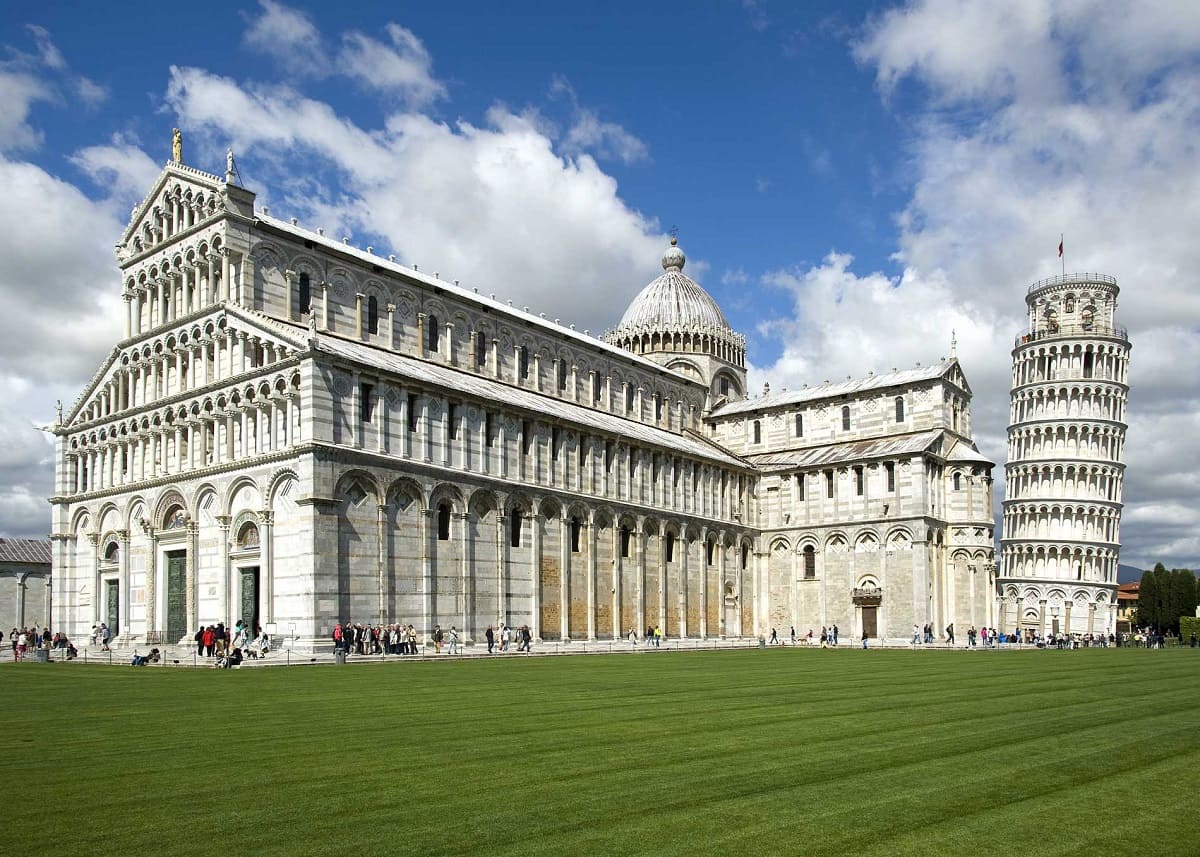




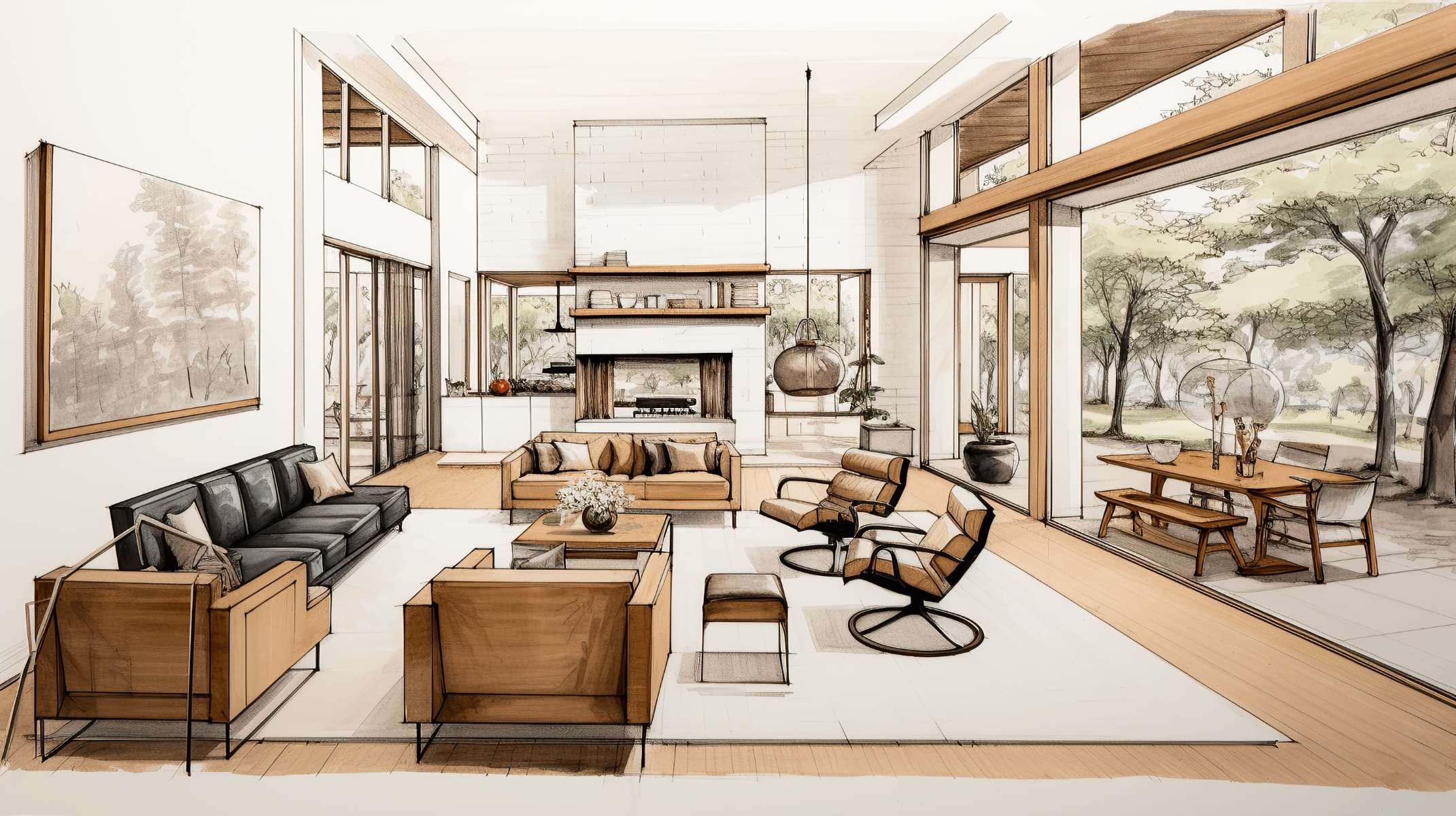


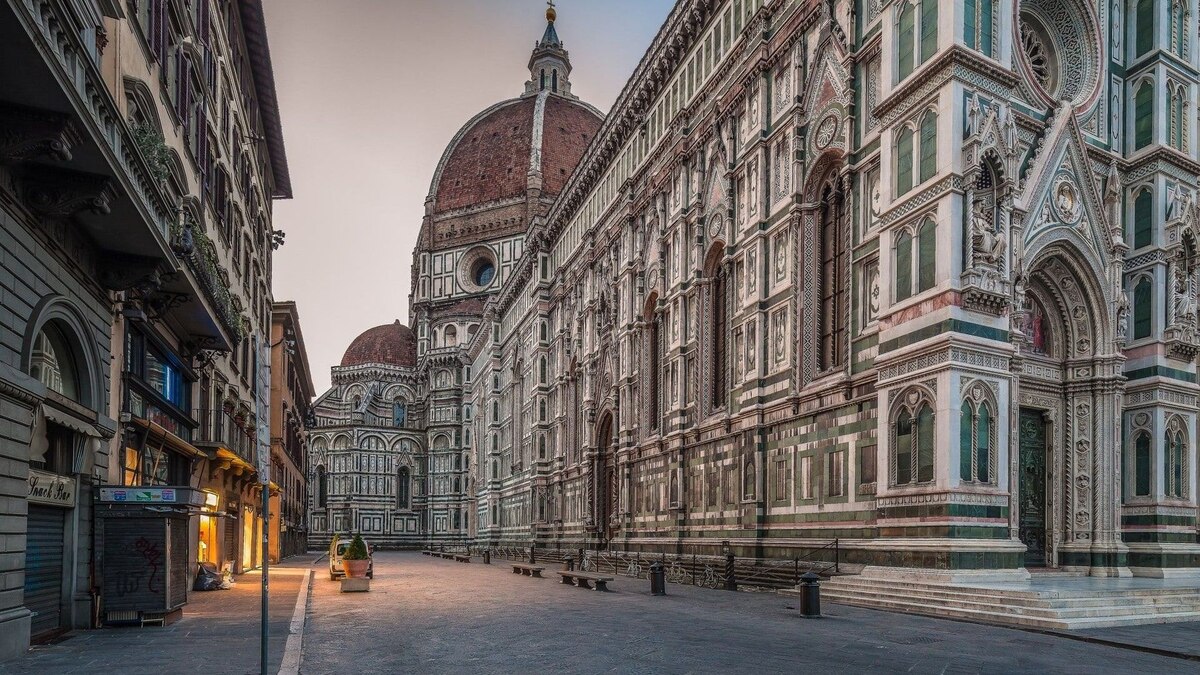

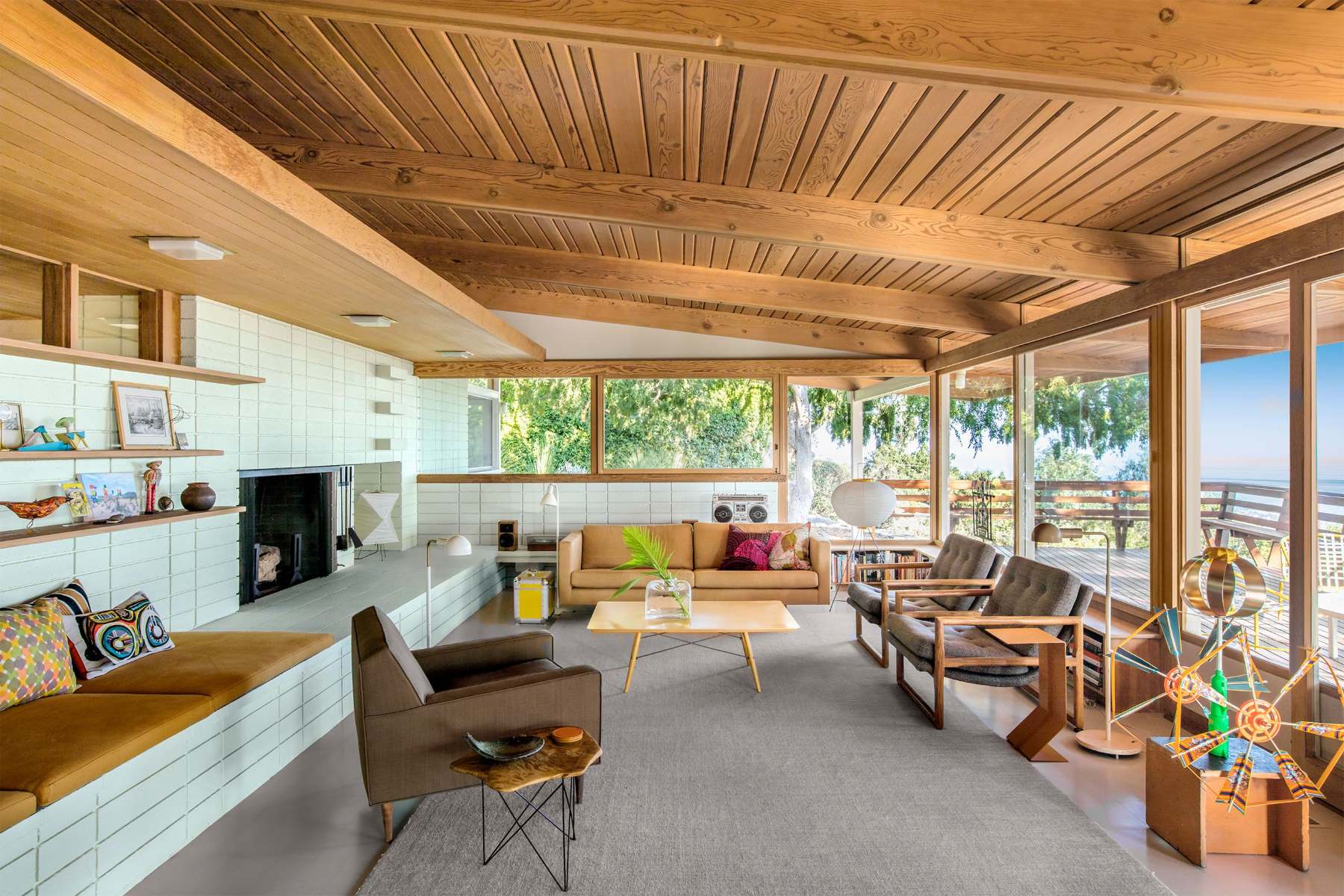
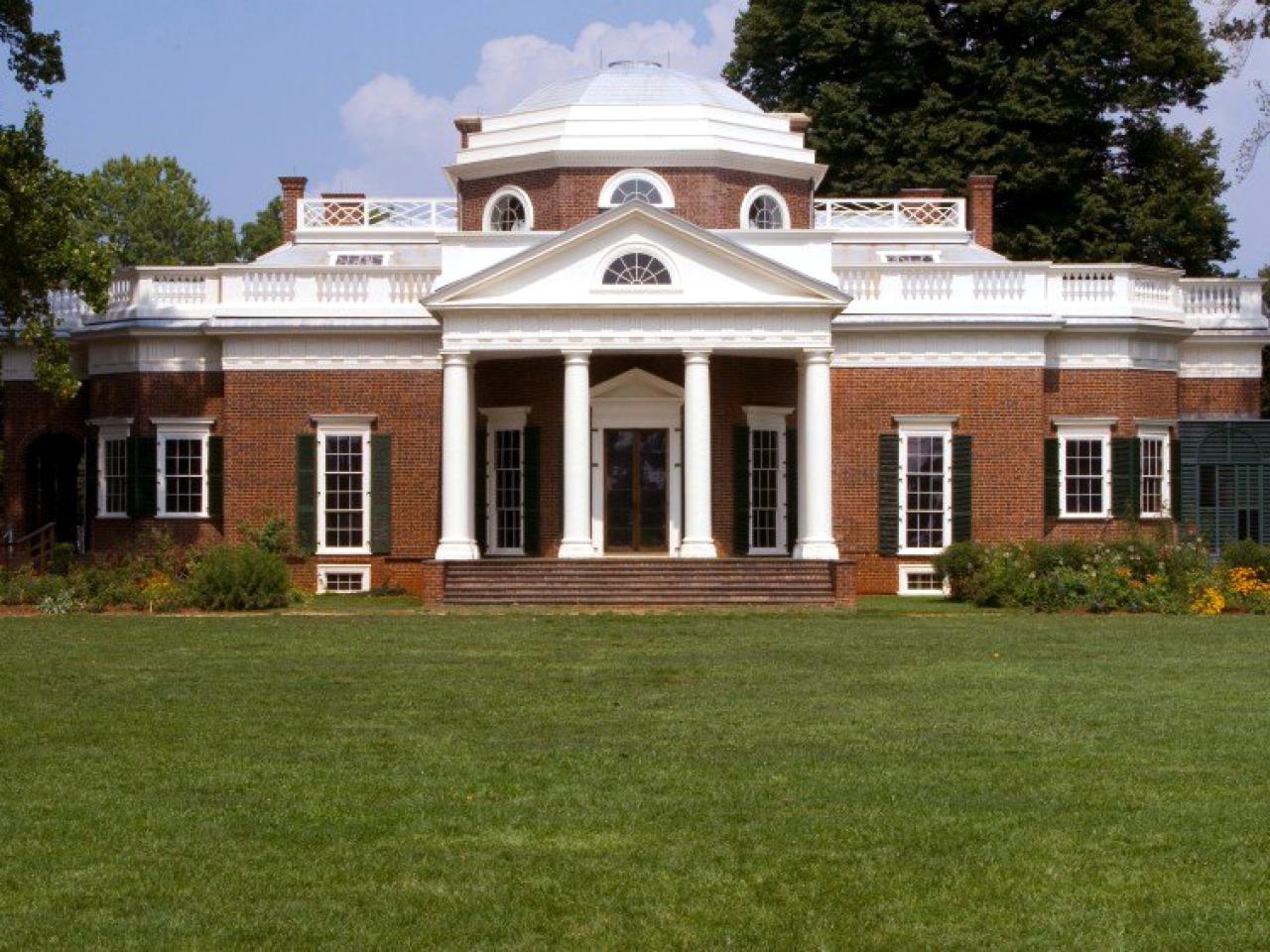


0 thoughts on “What Is An Architectural Style?”